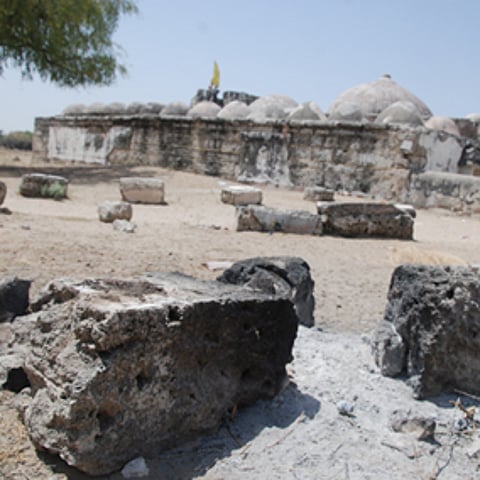Life in a desert
The curious case of the famine-like situation in the heart of the Thar Desert has largely gone unexamined by international media. Having faced three consecutive years of failed monsoon, people of the Tharparkar district, in the south-east of Pakistan's Sindh province, are desperate for sustained access to food, water and medicine. And yet the condition there is not technically a 'famine' but a man-made socio-economic disaster, aggravated by decades of marginalisation and government apathy.
Since 1965, there have been five severe, eight moderate and 11 mild droughts in the desert of Thar. Infants are the worst casualties and often fall victim to severe malnutrition, pneumonia and diarrhea, among other preventable illnesses. According to a government report submitted to the Sindh High Court, in December 2014, 118 children had died within the first day of being born, 82 children died within a month and 57 died within a year. Inter Press Services reports that over 650 children died in 2014. What makes matters worse is the ambivalent and insensitive response by local, state and federal authorities to this crisis. The state government's immediate response reflected its confusion about the circumstances in the affected district. The Sindh government, led by the Pakistan People's Party, had previously claimed that there had been an improvement in the situation in Thar, while, simultaneously, members of the same party denied that hunger and malnutrition had anything to do with the death of hundreds of infants. Instead, they attribute these deaths to maternity and medical complications.

